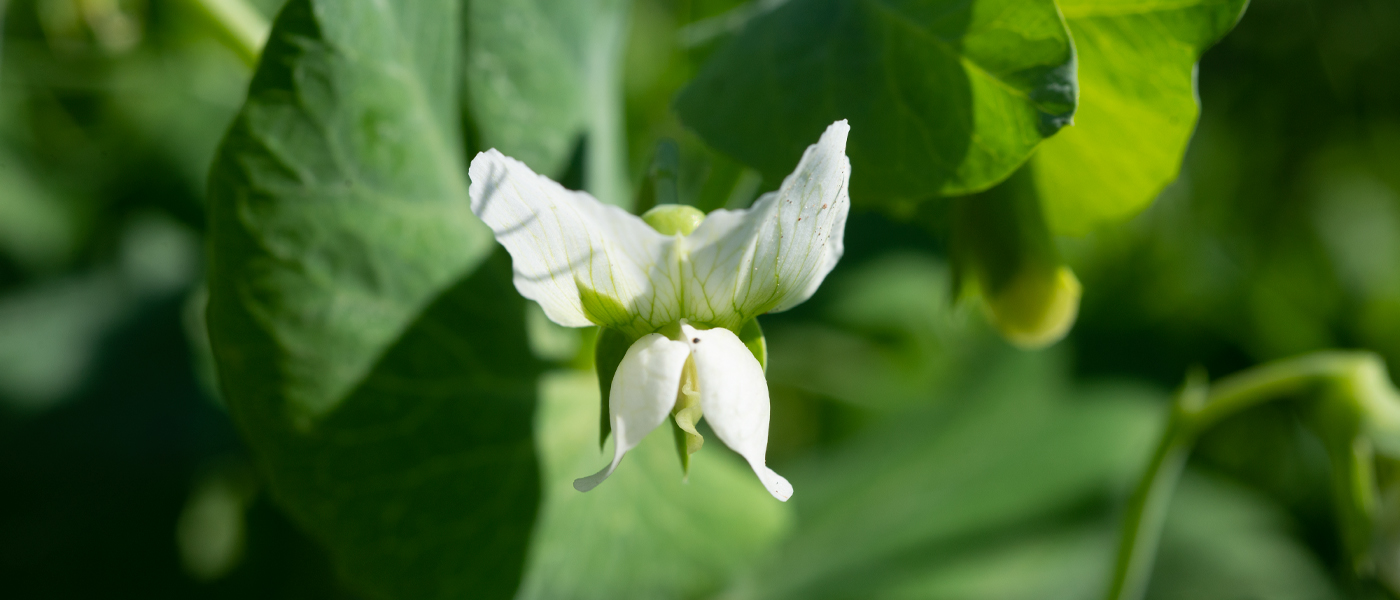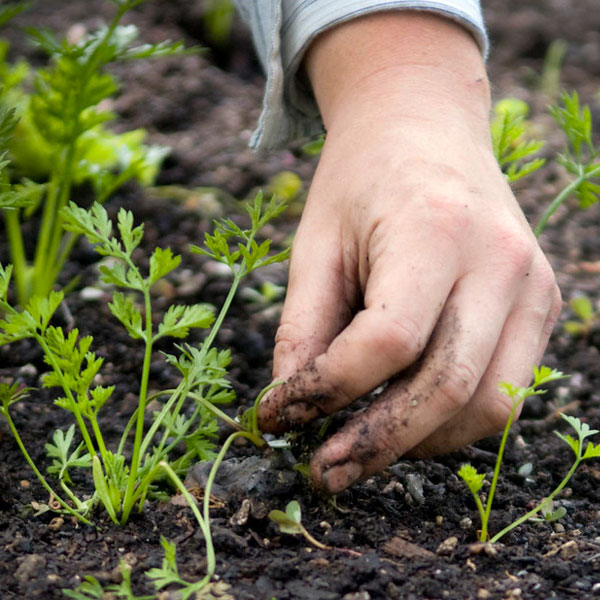Overcome Your Three Biggest Fears

Every gardener has their fear when it comes to growing food, rational or not—fear of failure, fear of bugs or critters (in my case, spiders), fear of Nature’s power to wipe out a crop with one fell storm. In this month’s edition of Smart Gardener, we get to the root of three fears that often pop up in veggie garden conversations—and offer up some simple Garden strategies for facing them.
#1: "I don't know where to start."
Because many of us were neither taught much botany in school nor raised by farmers (as so many of our grandparents were), the lack of knowledge about growing vegetables can feel insurmountable. But it’s also a real opportunity to experience something fresh and new.
The Strategy: Start Simply.
The easiest vegetables to grow are those with seeds that can be sown straight into the earth.
Your first spring salad
Lettuce, kale, or arugula
Peas
Radishes
June sun warms the soil
Beans
Cucumbers
Squash
The back of the seed packet is a wonderful place to find information on how to plant. For most of the above, simply hoe a row, place the seeds, and cover lightly with soil. (Cucumber and squash seeds prefer a generous mound of soil instead.)
#2: "I don't trust the soil in my yard."
Safety often comes up when it comes to soil. Worried that the sunny spot in your yard (perfect for a veggie garden) has been treated with lawn chemicals in the past? Wondering what the previous owners did to the soil when you’ve just moved to a new home? Trying to feed the kids organically, but not sure if your yard qualifies?
The Strategy: Send for a Soil Test
It’s the best way to get the scoop on what’s really happening underground before you plant—even advanced gardeners send soil for testing—and it’s as easy as scoop, mail, and read the results.
What will it tell you? Nutrient levels, whether your soil’s acidic or basic (pH), which fertilizer it needs. Our Plant Information Service sums it up nicely. Here is the link for you to access soil testing services.
Once you know more about your garden’s condition, you can adjust and amend the soil in preparation for planting veggies. Little by little, success by success, you’ll get interested in keeping your soil healthy year after year. Our two-part Smart Gardener article outlines a plan. Read Building Your Soil, part 1, and Building Your Soil, part 2.

Another Strategy: Plant in Pots
Still sounds daunting? Then try a veggie garden above ground, either in containers or a raised bed. Both give you control over the soil that goes in, canceling out the fear of unfamiliar soil. Yes, many veggies can be grown in pots—lettuce, radishes, greens, and peas for spring; peppers and tomatoes for summer; and kale, mini-squash, and more greens for fall.
Start small, but always use a large container (18 to 24 inches). Experiment with a single pot of mixed lettuces. A pea patch in a pot. A single heirloom tomato transplant with a tall cage for support.
Raised beds are easy to build and a great solution for gardeners who are leery of their soil but eager to get started. For first-timers, it can help to have someone walk you through the process. Check out classes at the Joseph Regenstein, Jr. School of the Chicago Botanic Garden!
#3: "Vegetables are hard to grow."
Paralyzed by thoughts of forgetting a step, of neglecting to water, of killing the plants? Vegetable plants follow the same basic rules as lots of other plants. They need:
- Full sun. Eight hours a day, no fail—no vegetable grows well in shade.
- Regular, consistent watering. One inch per week, either from Mother Nature or your hose.
- Healthy soil, as discussed above.
- An occasional weeding. That weed is stealing the nutrients that you want to be in your vegetables—pull it, by hand, when it’s still little.
While every veggie has its idiosyncrasies—tomatoes need staking, beans need warm soil to sprout—gardeners learn these differences through experience, including through those very failures you may fear.
The Strategy: Watch Our Garden Grow
Think of the Regenstein Fruit & Vegetable Garden as a laboratory where you can watch the entire process in action, from planting to harvest. Take notes, take pictures, ask questions, and learn by watching.
Every year there are three main plantings—spring, summer, fall—with sections dedicated to topics like small-space gardening, kitchen herbs, raised beds, and espaliered fruit.
The “variety of varieties” grown is astounding. More than 500 types of vegetables and fruits are grown here each year, all chosen because they can grow in the Midwest. (OK, we also add in a few tropical fruits in the Greenhouse.) Layouts and themes change every year, so you can pick up new ideas constantly.
Spring is the season to start vegetable gardening—be courageous and join us on the journey to fresh, safe, tasty garden veggies.
Karen Zaworski is a garden writer and photographer who lives and gardens in Oak Park, Illinois.

